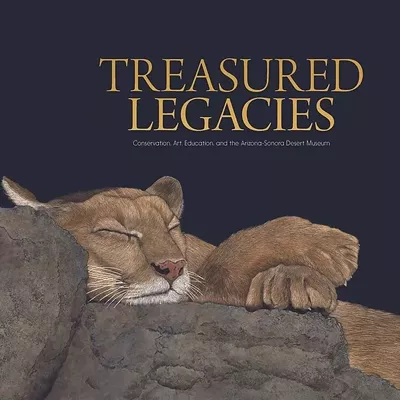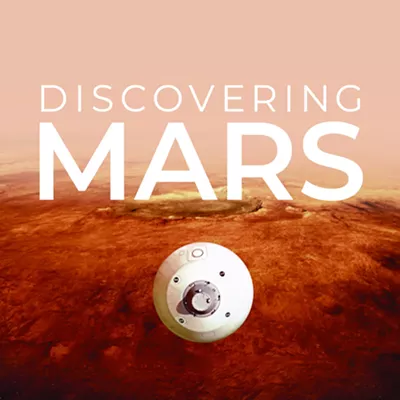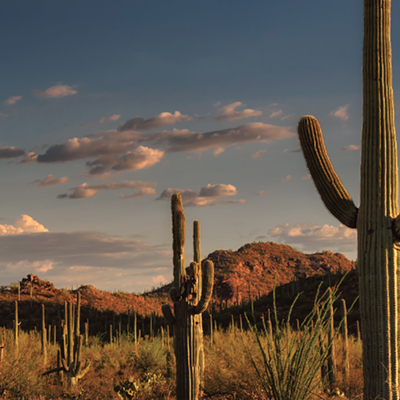Author Jay Price leads readers through the last six decades, beginning with the recreational and tourism boom of the 1950s. He shows how the environmental movement of the 1970s and '80s shaped and re-shaped the park-building process, followed by the dramatic effects of the financial challenges of the '90s. Price concludes with a status report on today's network of lake-based recreational parks, historic sites and environmental-education areas. He calls it "a case study of resource stewardship in the Intermountain West (that) illustrates the challenges and opportunities facing public lands all over America."
The theme of power politics permeates the storyline. About 75 years ago, when business barons from cattle, farming, ranching and mining interests controlled the state, "Arizona contained no state parks and there was little sentiment to create any," writes Price. In fact, Arizona was the last state in the country to enact a system of state parks, not doing so until 1957.
The first site acquired as a state park was the abandoned community of Tubac, south of Tucson, founded as a Spanish presidio in 1752 and acknowledged as the first European settlement in what is today Arizona. Many of the early locations, such as the nearby Tombstone Courthouse State Historic Park (Arizona's first operational state park), were initially acquired as part of an effort to manage local landmarks. Another area monument, known for its wildflowers and as the site of a Civil War battle, was Picacho Peak, opened to the public in 1968.
From the mid-'50s through the mid-'80s, acreage in state park systems throughout the continental United States tripled. The West in particular added a significant number of state parks, many of them connected to lakes. In addition to well-visited sites such as Lake Havasu and other Colorado River parks, Southeastern Arizona added Roper Lake State Park near Safford and Patagonia Lake State Park. The latter is a 265-acre lake fed by Sonoita Creek, which runs year-round and creates a natural riparian oasis.
Price gives former Gov. Bruce Babbitt a lot of positive ink for harnessing public support and tapping into pro-environment sentiment to bring Catalina State Park into the system. When Babbitt began his nine-year stewardship, he inherited one of the smallest state-park systems in the country; Arizona had only 21 state parks in 1985.
"Per capita, we spend less on parks than we would for a hamburger," Babbitt told the Arizona Legislature.
Purse strings were tightened even further when Babbitt left office. The Evan Mecham administration cut millions of dollars from the parks budget, candidly admitting, "We can't be classed as aggressively seeking new park opportunities."
A few more locations have come along since then--Red Rock, Slide Rock, Yuma Crossing and Oracle State Park--but State Parks Department Director Kenneth Travous admitted a decade ago that his department was "like a ship in rough seas," buffeted by hard economic times, decreased budgets, increased visitation and public demands, and political turmoil.
One of the newest bright spots is Kartchner Caverns, which was kept secret for years before it opened to the public in 1999 at a cost of $28.4 million for its creation--the most expensive state park in Arizona. If the cave can be preserved in its natural state, the uniqueness of the experience it offers may make it the most popular park location in the state.
As the cost of acquiring and preparing the caverns demonstrated, the issue of financing state parks becomes even more critical in the 21st century. Benevolent landowners seldom donate sites simply as a philanthropic gesture, or even offer the land at a reduced price, as the Kartchner family did. The most sought-after locations have to be purchased or acquired through trades involving land values that now reach into the millions of dollars. Illustrative of this is acreage in Sonoita Creek State Natural Area near Patagonia Lake, which the state had to purchase for $2.8 million.
There is no true conclusion to this book, because the process of site acquisition is on-going.
"Agencies have had to adapt," writes Price, "shaping the State Parks department into a site manager rather than a property owner. While arrangements, ownership and funding may change, one need remains constant: enabling people to experience Arizona's natural, cultural, and recreational resources in ways that ensure the continued survival of those resources."






